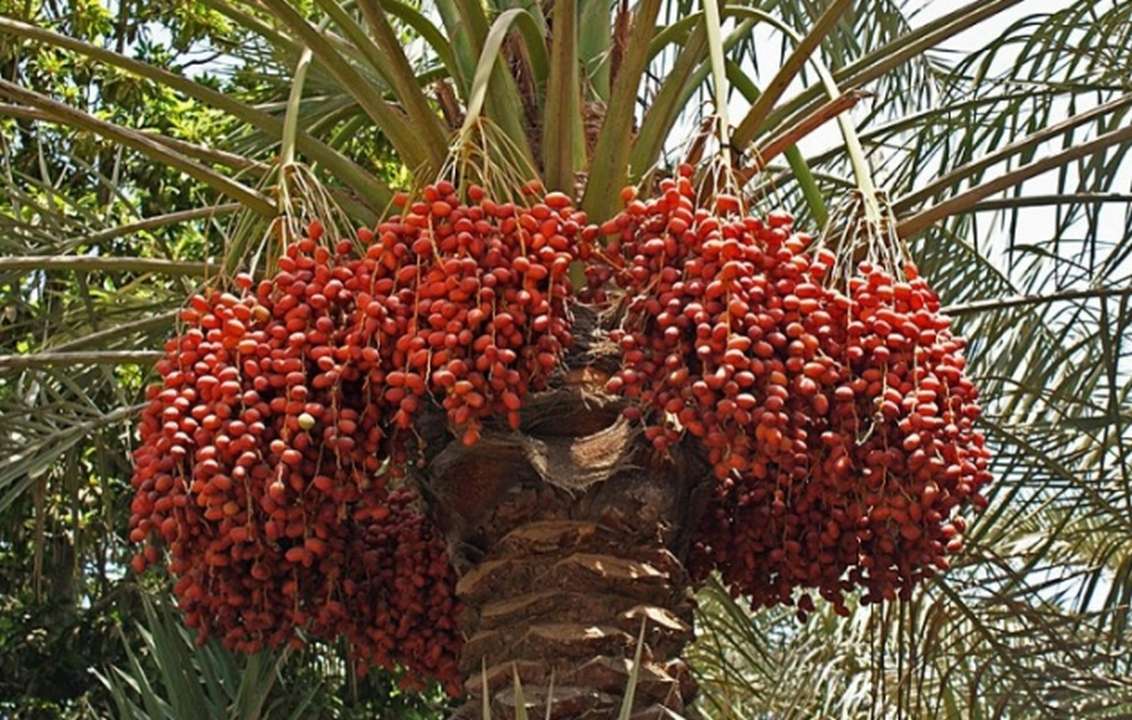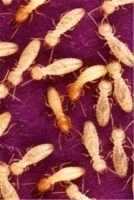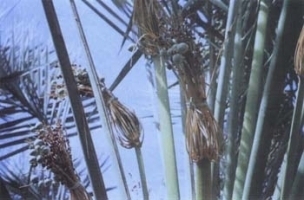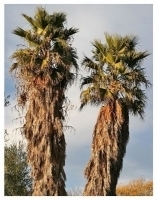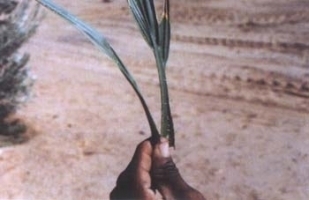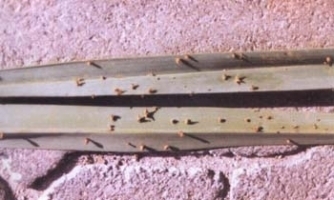General Information
Date palm is oldest tree cultivated on earth. They are excellent source of calcium, sugar, iron and potassium. They are used in many social and religious festivals. Also they have many health benefits like relive constipation, reduce heart disease, control diarrhea and help in pregnancy. It is also used for making different products such as Chutney, pickles, jam, juice and other bakery items.
Date cultivation is mainly concentrated in Arabic countries, Israel and Africa. Iran is major producer and exporter of dates. From last decades Indian Government take lot of effort and increased area under date palm cultivation. In India, Rajasthan, Gujarat, Tamil Nadu and Kerala are major date growing states.

